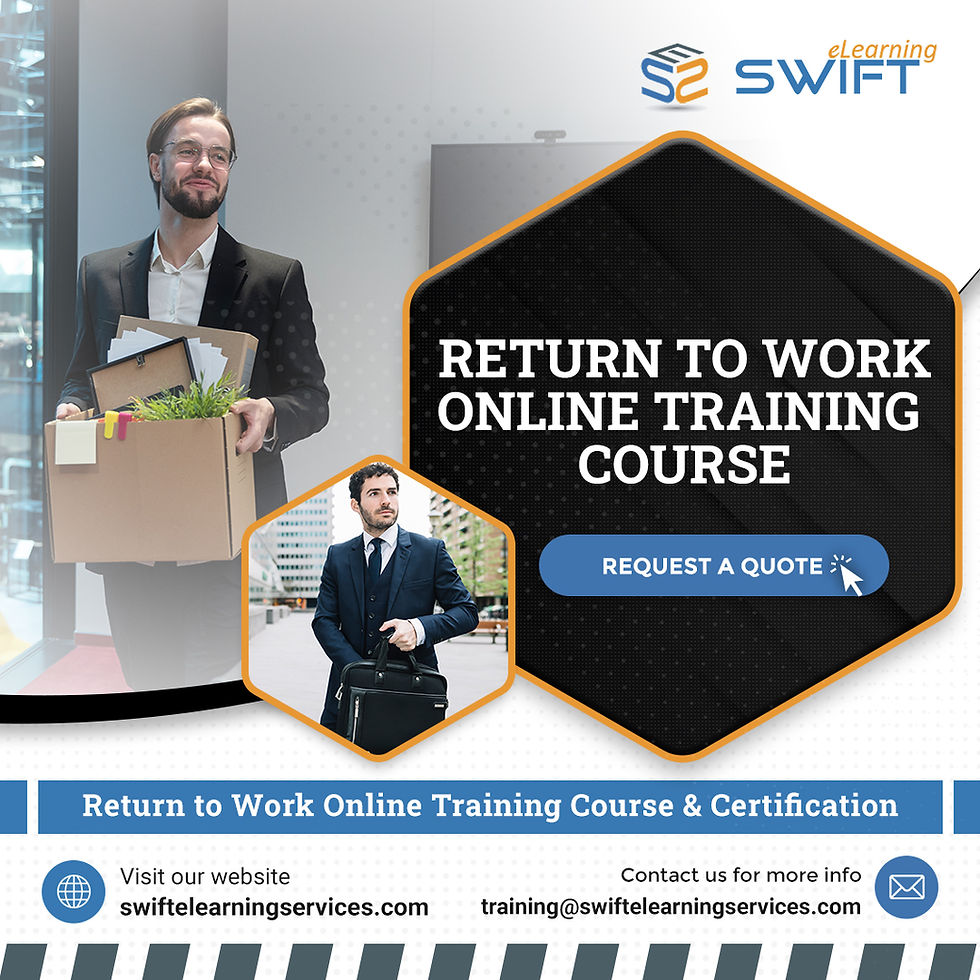Hot Work Permit Online Training Course and Certification
- ElearningNewz
- Apr 6, 2023
- 2 min read

This guide provides essential information on safety principles, precautions, and permits related to hot work permit activities. Every year, fires caused by hot work permit activities lead to significant property damage and business disruption. However, many of these incidents could have been prevented if appropriate fire prevention measures were taken by employees and contractors conducting hot work jobs such as electric arc welding, brazing, gas soldering, oxygen-acetylene cutting, and welding work.
The course is structured into the following chapters:
1. DEFINING HOT WORK
This chapter provides a precise definition of hot work and gives examples of hot work activities. It also explains why hot work permits are necessary to prevent property damage and business disruption.
2. FIRE POTENTIAL
This chapter lists the heat source and ignition temperatures according to FM Global.
3. EVALUATING THE NEED FOR HOT WORK
This chapter emphasizes that hot work should only be carried out if it is absolutely necessary. It also identifies types of work that may not require a hot work permit.
4. HOT WORK PERMIT PROCESS
This chapter provides details on how to obtain a hot work permit, its validity period, and other essential procedures to follow.
5. SAFETY PRECAUTIONS
This chapter lists hot work safety precautions in a Q & A format. It emphasizes that employees have the responsibility to verify necessary precautions when performing hot work activities.
6. FIRE WATCH
This chapter discusses the primary responsibilities of fire watch personnel, the need for a fire watch, and circumstances that require one.
7. COMPLETING HOT WORK
This chapter explains the process of completing hot work, including activities that should be completed before leaving the area for the day.
8. SUMMARY
The summary chapter lists the essential points covered in the course.
By following the principles, precautions, and permit process discussed in this guide, employees and contractors can prevent fires caused by hot work permit activities and ensure workplace safety.





Comments